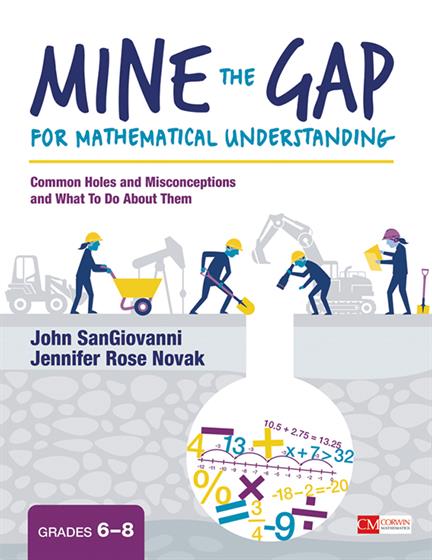Hands-on, Practical Guidance for Educators
From math,
literacy, science, equity, multilingual learners, and SEL, to assessment, school counseling,
and education leadership, our books are research-based and authored by experts
on topics most relevant to what educators are facing today.

Bestseller!
Mine the Gap for Mathematical Understanding, Grades 6-8
Common Holes and Misconceptions and What To Do About Them
Discover the “why” behind students’ math mistakes with this bank of 180 downloadable, standards-aligned math tasks, common misunderstandings, and next instructional steps.
Product Details
- Grade Level: 6-8
- ISBN: 9781506379821
- Published By: Corwin
- Series: Corwin Mathematics Series
- Year: 2017
- Page Count: 408
- Publication date: September 13, 2017
Review Copies
This book is not available as a review copy.


